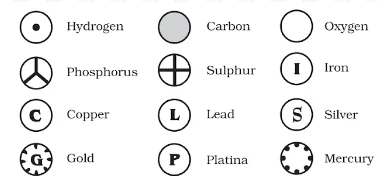![]() 18 Dec 2023
18 Dec 2023
Atoms of different elements are represented by unique symbols derived from their element names. For example, H for hydrogen, O for oxygen, and Au for gold. These symbols simplify chemical formulas and facilitate communication in the field of chemistry.
What role do Chemical Elements play in the Evolution of Symbols?




<div class="new-fform">
</div>